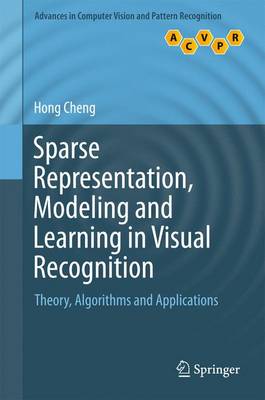Advances in Computer Vision and Pattern Recognition
2 total works
This important text/reference presents state-of-the-art research on intelligent vehicles, covering not only topics of object/obstacle detection and recognition, but also aspects of vehicle motion control. With an emphasis on both high-level concepts, and practical detail, the text links theory, algorithms, and issues of hardware and software implementation in intelligent vehicle research. Topics and features: presents a thorough introduction to the development and latest progress in intelligent vehicle research, and proposes a basic framework; provides detection and tracking algorithms for structured and unstructured roads, as well as on-road vehicle detection and tracking algorithms using boosted Gabor features; discusses an approach for multiple sensor-based multiple-object tracking, in addition to an integrated DGPS/IMU positioning approach; examines a vehicle navigation approach using global views; introduces algorithms for lateral and longitudinal vehicle motion control.

